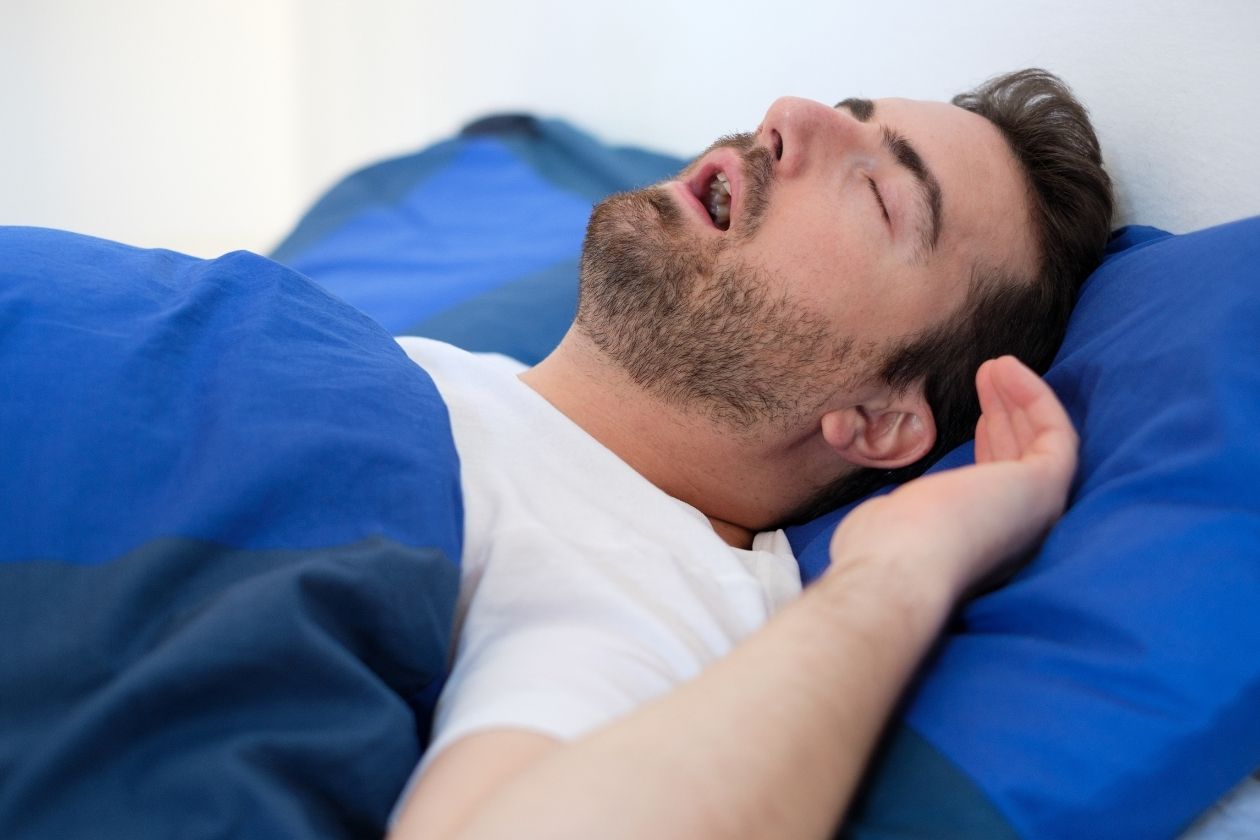If you’ve always assumed that sleep apnea is a sleeping disorder that only occurs in older individuals, you are not alone in this assumption. Unfortunately, most people don’t realize that sleep apnea can develop in children, young adults, adults, older people, and every age in between. So if you’ve been snoring to the point of waking yourself up at night and feeling intensely fatigued during the day, it may be time to consult your doctor.
Sleep apnea is an incredibly manageable condition. However, if you ignore it, this sleeping disorder can cause serious harm to your health. Along with CPAP therapy, exercise can control your sleep apnea so that you can achieve better sleep. To learn more about the best exercises to reduce sleep apnea symptoms, continue reading below.
Table of Contents
What Are the Symptoms of Sleep Apnea
Before we discuss the best exercises to reduce sleep apnea symptoms, it’s essential that we briefly review those symptoms so that you can recognize the condition. Here are a few signs of this condition:
- Loud snoring
- Snoring that wakes you up
- Dry morning mouth
- Insomnia
- Restlessness
- Irritability
Each of these symptoms results from your brain or muscles incorrectly regulating your air circulation during sleep.
To properly diagnose and treat these symptoms, you should consult your doctor to see if they would recommend a CPAP prescription and therapy. In addition, many doctors recommend practicing the following exercises to work in tandem with your CPAP therapy.
Tongue Stretches
Perhaps the most important muscle to exercise to reduce your sleep apnea symptoms is your tongue. Many sleep apnea patients experience episodes where their tongues fall back in their mouths and block their airways. Luckily, tongue stretches help to strengthen this muscle and reduce these occurrences. Here’s how to do tongue stretches:
- Stick out your tongue and stretch it as far as possible downward toward your chin. For extra stretch, repeat this exercise while looking up at the ceiling. Repeat this action 10 times.
- Next, place the top of your tongue on the bottom of your two front back. Slowly move your tongue from your front teeth to the back of your mouth. Repeat this action 10 times.
Facial Exercises
Strengthening your cheeks, mouth, and other areas of the face can also be beneficial for reducing your sleep apnea symptoms. Review key facial exercises for practicing below.
- Close your mouth and purse your lips outward. Hold this position for 10 seconds. Next, relax your jaw and lips completely. Repeat this exercise 10 times.
- Hook your finger around your cheek and pull it outward from your face. Next, use your cheek muscles to pull your cheek back inward. Repeat this exercise 10 times.
Throat Exercises
The last type of exercise that helps to reduce sleep apnea symptoms is those for your throat. Examine the most effective throat exercises below.
- Open your mouth and mimic the roar of a tiger. The wider you open your mouth, the better! Also, try sticking your tongue out toward your chin as you repeat this exercise. Continue this motion 10 times.
- First, open your mouth as wide as possible. Then contract the back of your throat for ten seconds. Repeat these contractions 10 times for the best workout.
Adding exercise into your daily routine for 10 minutes can create significant changes in your sleep apnea symptoms and sleep cycle. If you think you may have sleep apnea or experience intense snoring, speak with your doctor immediately.
While these exercises alone will not cure this sleeping disorder, they can help make this condition more manageable. The sooner you treat it, the sooner you can sleep soundly through the night!




